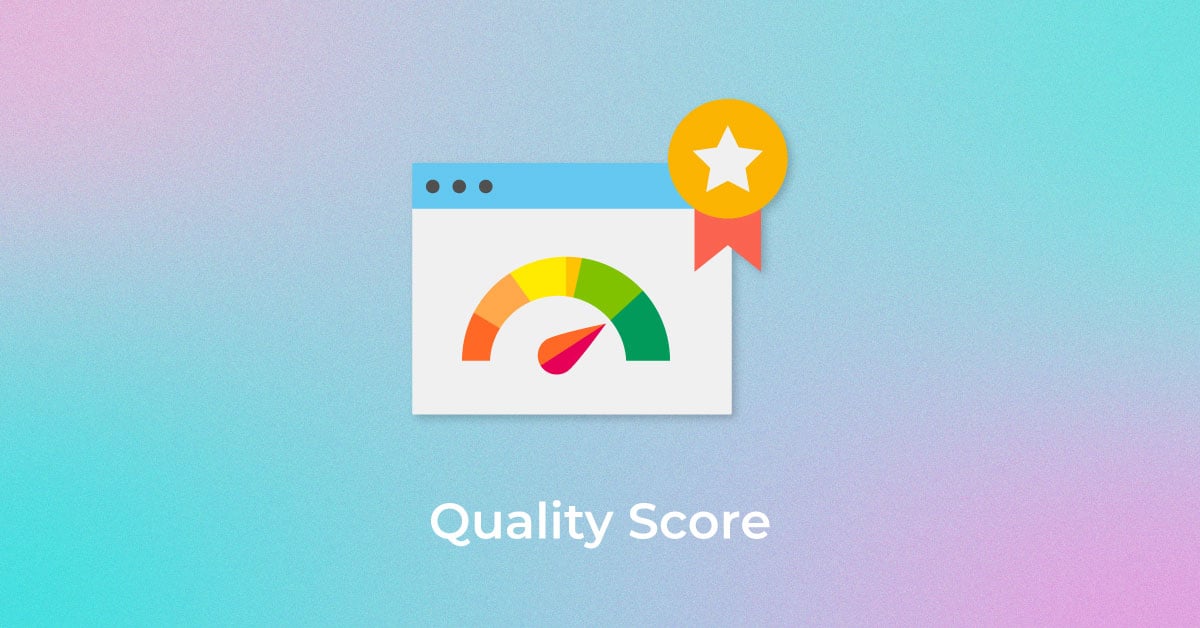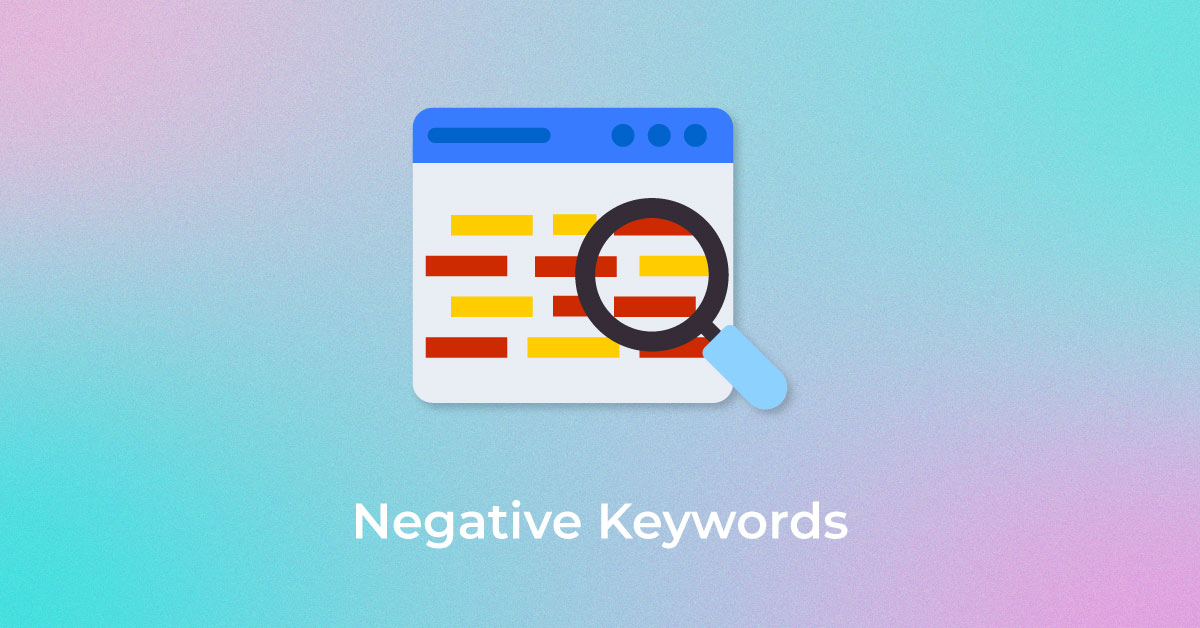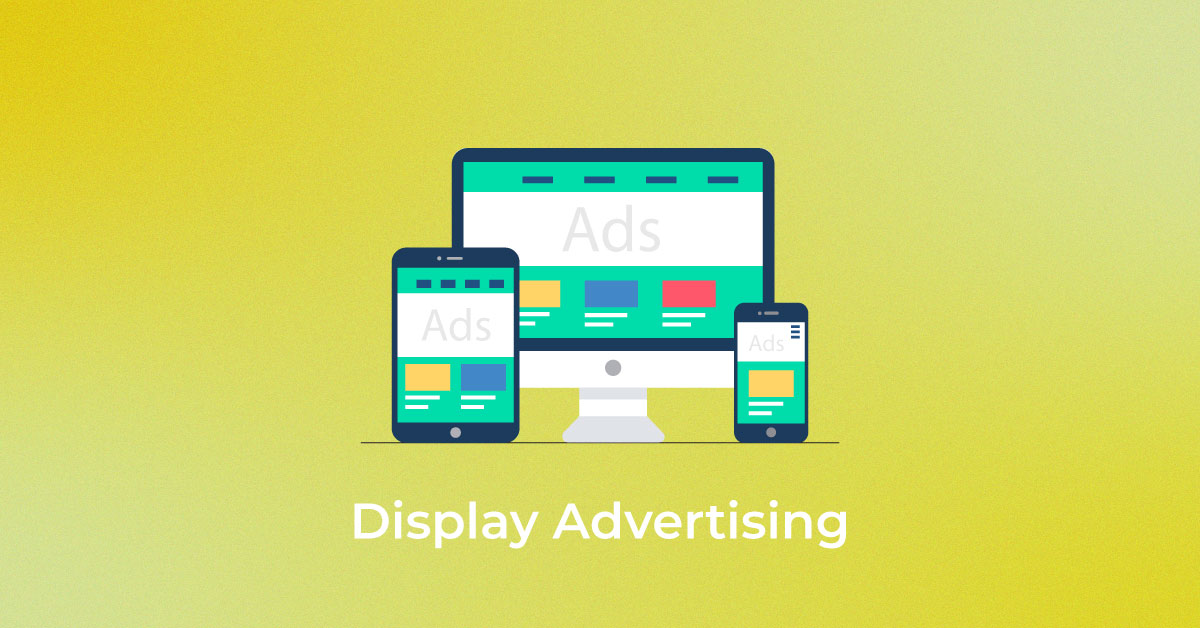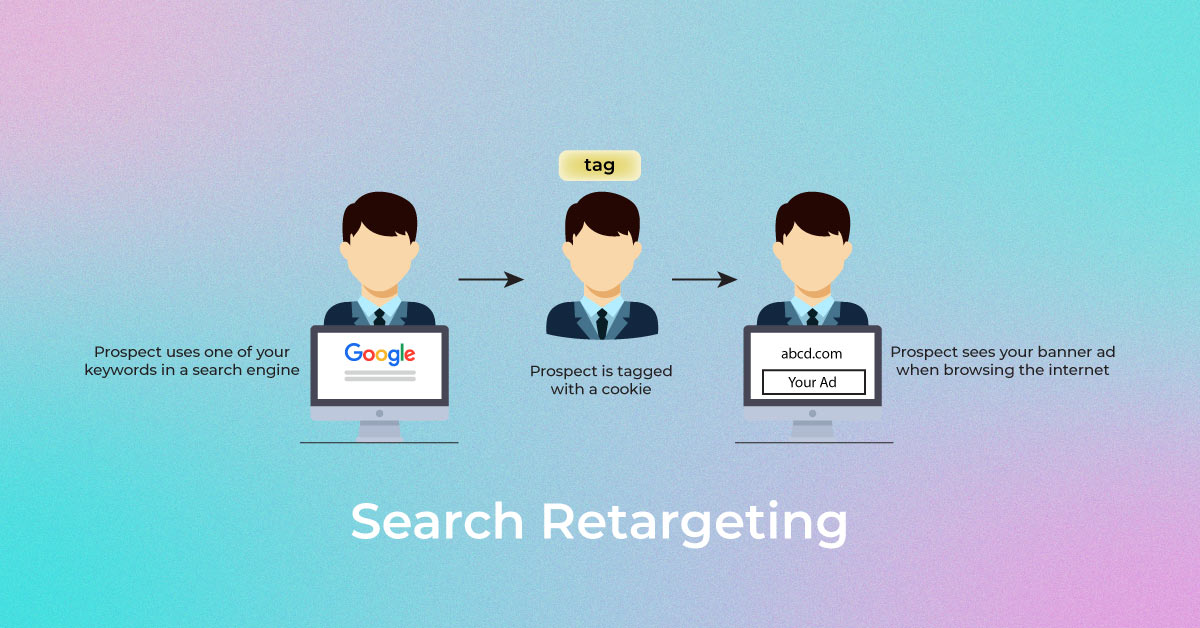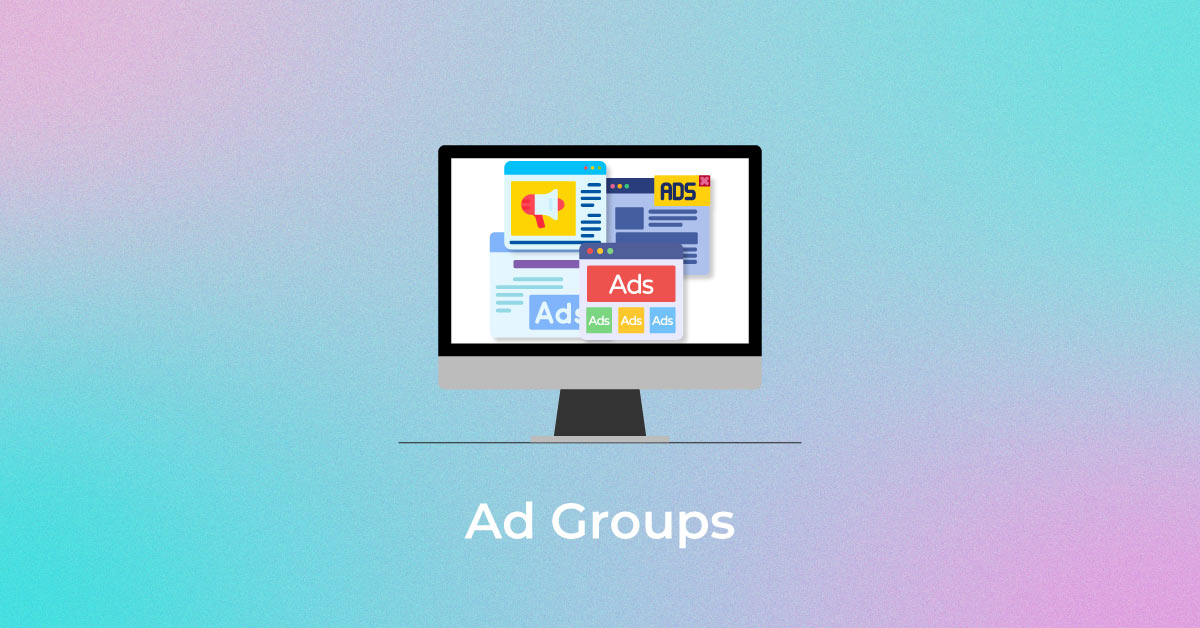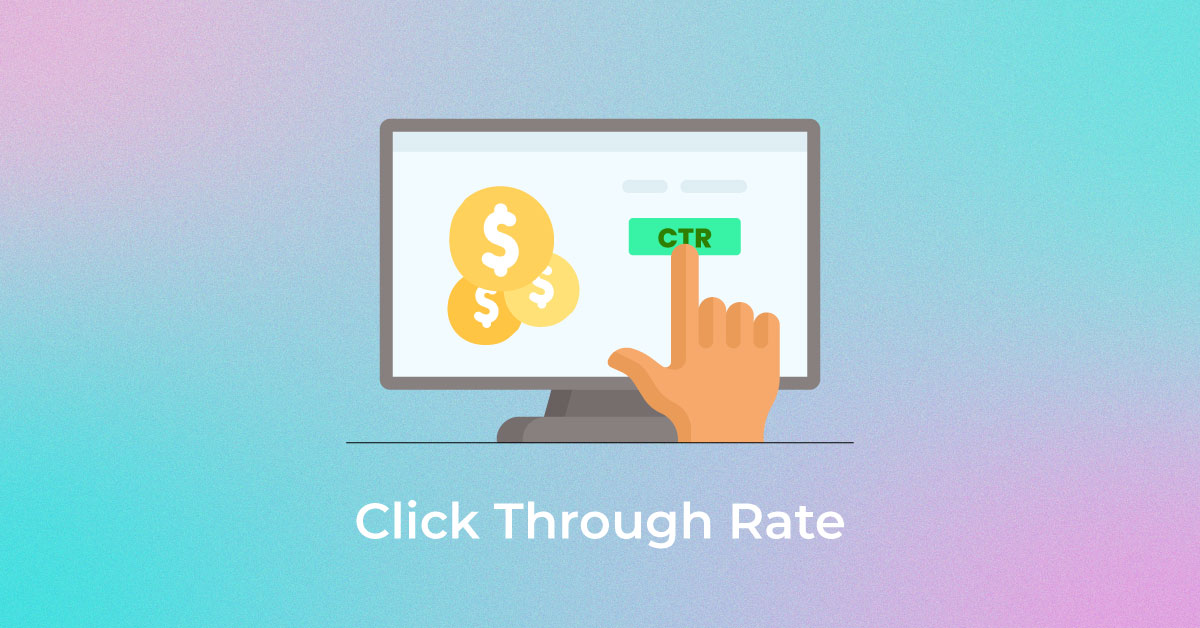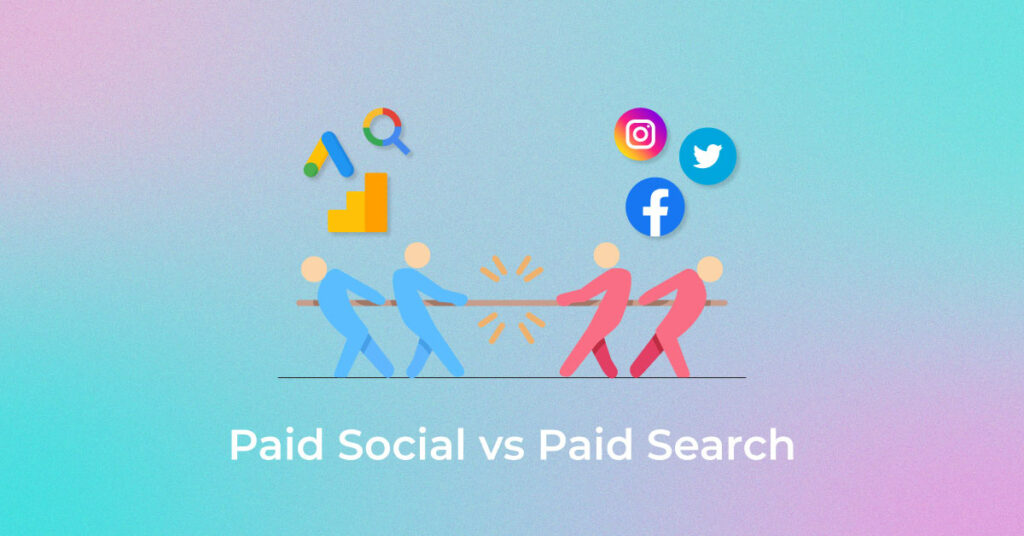We all wish that we had unlimited budgets for online marketing. The truth is, even if we did, would it really result in meaningful consumer conversion? The answer to that is a resounding no. In today’s ever-evolving digital landscape, brands should be looking at ingenious ways of drawing a consumer’s attention.
It is crucial for a brand to utilise its online marketing budget in order to provide consumers with exactly what they need, and at the right moment. Here’s where the paid social vs paid search debate needs to be given its due attention.
At Infidigit, we take a deep dive into this world to give you a clear picture of what these terms signify, and how you can leverage online marketing strategies.
What is “Paid Search”?
You might have heard online marketing experts refer to paid search as pay per click (PPC), or search engine marketing (SEM). All of this falls under the broad paid search advertising bucket. Irrespective of the advertisement being put out, paid search is when a business pays to place ads at the top or bottom of search engine pages. Depending on a user’s query, related ads pop up on search engine results pages (SERPs), and paid search allows your business’ ad to be featured here. A related tangent is when a business pays to improve its organic SERP ranking.
Advantages of Paid Search
In the debate between paid social vs paid search, it’s always good to know exactly what each has to offer.
-
Hit the bull’s-eye:
Paid search advertising allows you to be extremely targeted while drawing attention to your brand. For instance, Google Ads allows you to research keywords that users type while searching for a product/service similar to yours. This channelling allows you to reach out to prospective customers who are directly interested in what you are offering.
-
Move in a flash:
Unlike SEO, a paid search campaign can be up and running in a couple of hours. The immediacy of this time frame allows you to pick out keywords and set up a campaign with minimal long-term care. However, you should keep a check on the relevance of the keywords every few months.
-
Limber optimization:
Whether you are thinking of optimising the ad, keywords, or even the landing page, paid search advertising offers limitless flexibility. Google Ads has a variety of A/B testing options for your campaign manager to engage with keywords and ad copy that results in positive site traffic.
-
Steer away from budgetary constraints:
As the name suggests, pay per click campaigns require you to fork out only when a user clicks on your ad. If you are a small business on a shoestring budget, then a clever use of paid search can really increase traffic to your site.
-
All about analytics:
Every successful digital marketing campaign hinges on the incisive use of data. Analytics of each ad that measures its reach, keywords that work, and basic user interaction can really help your brand fashion a campaign that reaches out to the right people at the right time.
Disadvantages of Paid Search
-
Boxed in:
Ads on SERPs are usually text-only. Display ads with images can be included but that reduces the amount of creativity that can be called upon to attract a user to your product or service.
-
Comparison shoppers:
It’s one thing to have a strong product/service to offer, but search ads will pit you against direct competitors; leaving the final decision up to the consumer. In certain scenarios, this side-by-side comparison can take away from your business.
-
Off-target at times:
Paid search advertising works best when prospective consumers are ready to buy a product instantly. It is not always easy to reach out to this particular group of consumers. Secondly, your targeting reach is limited to demographic and geographical location, unlike paid social.
What is Paid Social?
If we had to sum it up, paid social is all about reaching out to customers instead of waiting for them to come knocking at your door. In that way, it is very similar to quintessential advertising like TV commercials and billboards. The difference being you are grabbing eyeballs on social media sites like Facebook, Twitter, Instagram, and Reddit, among others. Social media users are not checking their accounts with the hope of shopping, but your creative, carefully-positioned ad can create a need in their minds. Analytics play a crucial role here unlike in traditional forms of advertising.
Advantages of Paid Social
-
All about creativity:
Social media platforms curate a wide range of content to keep people scrolling, and a paid social campaign needs to be ingenious so that people end up viewing your ad before visiting your site. Unlike paid search, you can go with images and videos in order to hook a prospective consumer.
-
All about whims:
Paid social banks on the impulsive nature of online shoppers. If your ad strikes the right chord you can expect instant sales and that’s always welcome for a growing brand. Then again, impulse buying is also dependent on the uniqueness of the product you are selling.
-
Pinpoint the right ones:
Sites like Facebook, Instagram and YouTube use data in a positive manner to show just the right ad to the right user. This is crucial for a paid social campaign as it allows you to channel your ads, the ones you have spent creatively crafting, towards the right demographic.
Disadvantages of Paid Social
-
The irritation threshold:
We have all been there; that slow buildup of irritation when an intrusive ad pops up before a YouTube video or in-between our Instagram feed. This consumer fatigue can lead to a negative impact in the long run.
-
Too many pies:
The most challenging question for a paid social campaign is: where do you focus your energy? Even if you are working with a large budget, it can be tough to zero in on the right social media platform where your prospective consumers are present most of the time.
-
Click-through rate and budget balance:
Social media sites prefer their users to stay on their platform instead of being redirected. Your ads have to really stand out if you want to compete with the algorithm. Also, while paid social has a relatively low average cost, it can turn out to be expensive in the long run.
Difference between Paid Search and Paid Social
The biggest difference between paid social vs paid search is that the former is about being proactive, reaching out to consumers and creating a need in their minds. Paid search, on the other hand, is an ad that pops up when a consumer is already searching for a product or service. To sum it up, paid search is reactive in nature.
A few other differentiating factors are:
- Paid search is about grabbing customers quickly since they are already on the lookout for something to offer. Paid social is all about the long game, building brand awareness, with the plan of turning viewers into potential consumers.
- Paid search is text-heavy ads while paid social offers more room for creativity since you can use images and videos to get your point across.
What’s Appropriate for your Business?
Every business benefits from a customised online marketing strategy. Simply imitating a competitor’s blueprint will not bring you desired results. You need to do right by your own brand. One question every campaign manager should ask themselves is how can my brand grow in its own unique way? This boils down to funds allocated for marketing, and short and long term objectives in terms of sales and brand awareness.
1. Faster Results
If you are looking at quick sales, then a paid search campaign is the way to go. This is a great way to kick-start sales, even in small numbers, since you are targeting consumers who are ready to purchase something they need. More often than not, when a user clicks on an ad that pops up on a search engine page, they are more likely to complete a purchase.
Paid search rests on the foundation that a high-intent audience will see your ad. This results in positive click-through eventually leading to sales. The user-initiated nature of paid search will always result in better sales numbers over a short period of time. However, this does not mean that paid search is effective all the time. There are not going to be consumers always looking to buy a product or service, and pay-per-click does have its limitations.
2. Cost-effective
This is where you need to be clever about how you spread your digital marketing budget. A number of bands focus mainly on cost-per-click (CPC). By this calculation, paid social ends up being much cheaper than paid search. However, you need to realise that paid social does not always result in instant sales. Google paid search can be quite expensive in the short term as compared to placing a creative ad on social media.
The best ploy is to take a step back and evaluate your marketing goals. Aligning your brand objectives with marketing will help solve the debate between paid social vs paid search. If you want your brand to cut through the online clutter and be recognizable even in the future, while still driving healthy sales, then a combination of paid search and paid social is the way to go. This will be a better use of your budget instead of simply following CPC.
3. Build Brand Awareness
Here’s where paid social is a clear winner. A brand is only successful when it has a group of loyal customers who are convinced that your products and services are top-notch. One way to build awareness, and loyalty, is by putting out creative ads on social media that strike the right chord with consumers.
The proactive nature of paid social is about getting your brand out there in front of social media users who are not aware of what you are offering. This helps build a need over time. That being said, your online marketing team should have a sense of what’s trending on various social media platforms so that the ads can stay relevant over time. Paid social requires constant tweaking but the end results are almost always positive for your brand.
Which is better for you?
In an ideal world, paid social vs paid search should not be an either-or debate. Investing in both will provide your brand with the best possible chance of attracting consumers. That being said, you might be working on a shoestring budget and you do have to make a choice about which one to go with…
Are you on the lookout for lightning sales? Paid search is your best bet since it engages directly with a consumer’s very real needs.
Are you in it for the long haul, looking at long-term sales and building brand loyalty? Paid social is what you should invest in since it targets prospective consumers while engaging with them in a personable manner.
If you are still unsure of what to go with, conduct research on what your direct competitors are doing. This will give you crucial insights into how to proceed with your online marketing campaign.
The Way Forward
As online marketing concepts, paid social and paid search should not be at loggerheads with each other. This defeats their very purpose. It’s all about finding the right balance between the two that suits your business perfectly.
In September 2021, Google had the lion’s share of the global search market at 86.64 per cent. In 2020, there were more than 3.6 billion social media users worldwide with a projected increase of nearly 4.41 billion by 2025. These staggering numbers prove that you need to use paid search and paid social in tandem for your business.
At Infidigit, we know what it takes for a brand to stand apart from its online competitors. Paid social vs paid search is one debate we are highly experienced to handle. Instead of offering hurried online marketing solutions, we provide clients with a holistic understanding of how to approach paid search and paid social. We are all about tailor-made solutions driven by relevant data so that our clients can build sales and a loyal consumer base over time.
Popular Searches
How useful was this post?
0 / 5. 0










